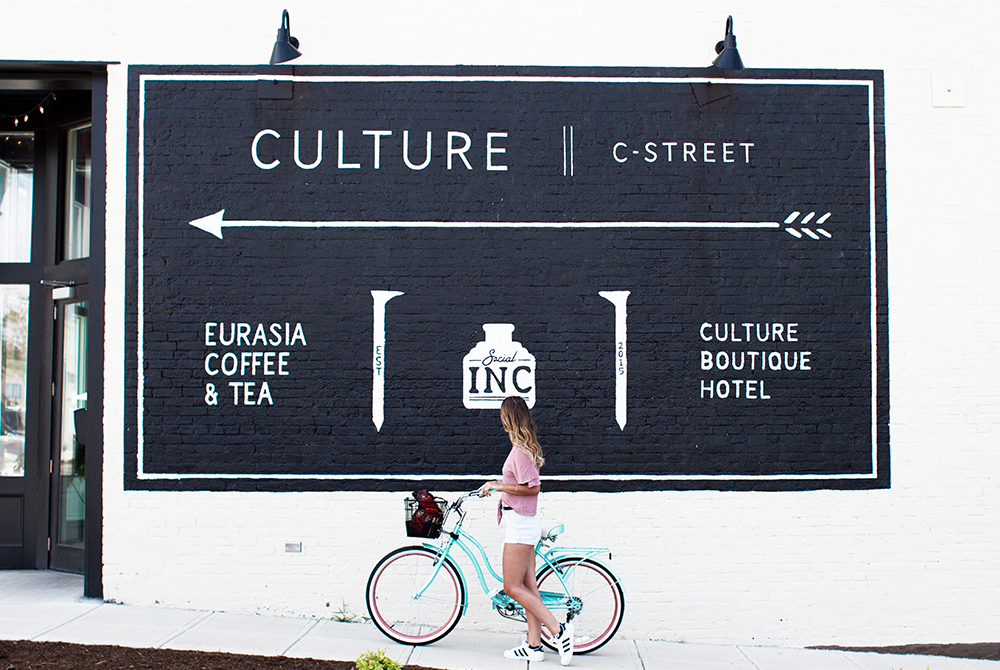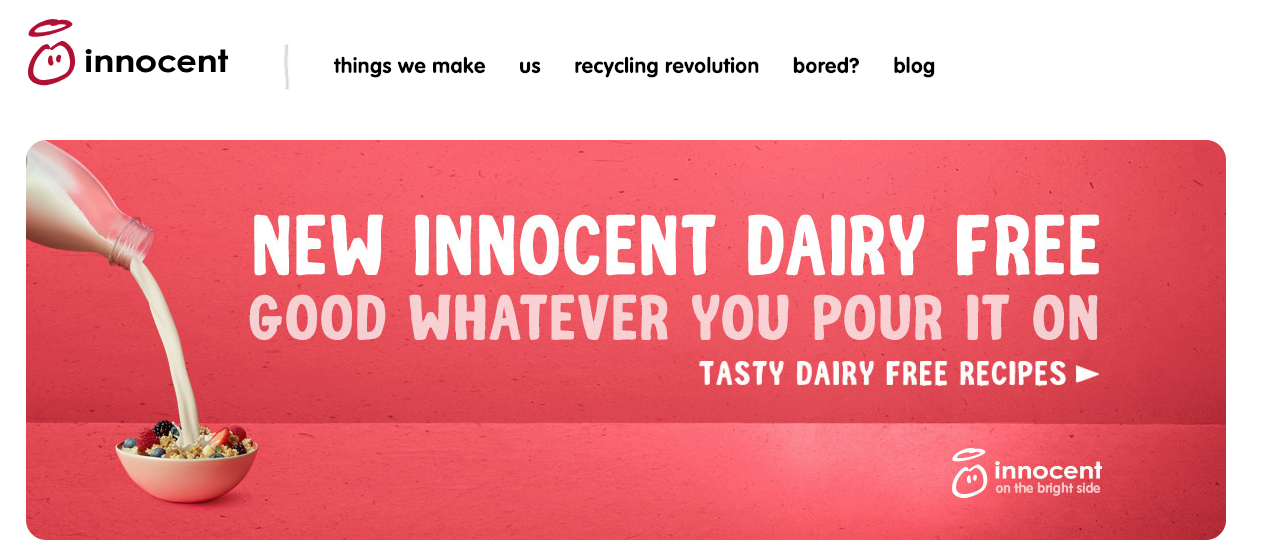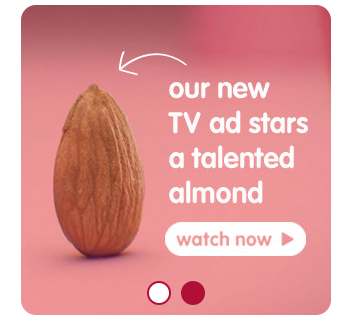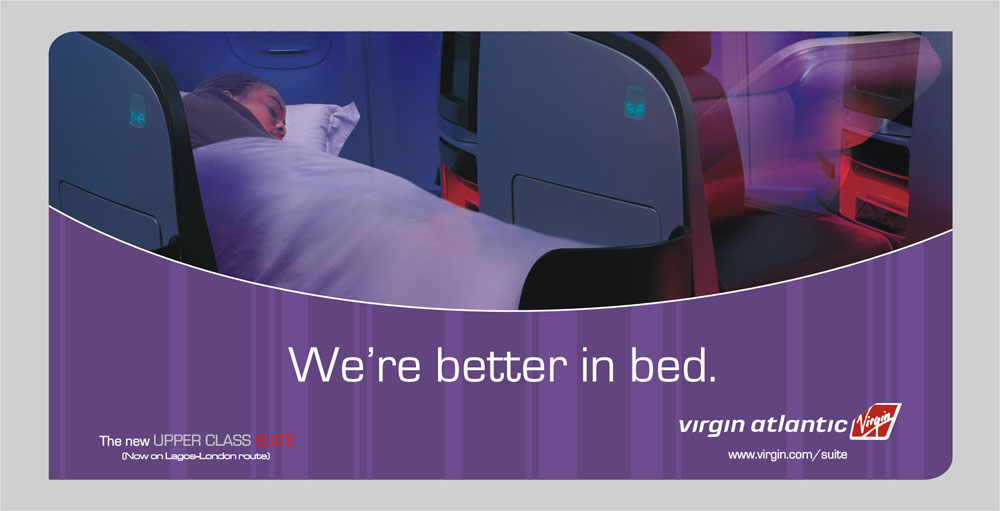Tone of Voice – Why how you say it, matters to your brand.
“The art of marketing is the art of brand building. If you are not a brand you are a commodity. Then price is everything and the low cost producer is the only winner.” Philip Kotler Professor at the Kellogg School of Management
There are multiple elements that go into building a successful brand, and faced with an increasingly digital world it seems the pressure to ensure that your brand communicates its promises effectively has never been higher.
Defined by perceptions, a brand needs to effectively align its values, benefits and positioning to all its visual and written communications so that prospects buy-in to the brand in its entirety. This kind of trust and honesty is the backbone of true brand equity and pays dividends when customers honestly feel there is no disconnect between promises and delivery.
One tactic that companies employ to build their brand is their tone of voice.

What is tone of voice?
Your tone of voice is not what you say, but how you say it. This covers not only the words you choose but their order, rhythm and pace. More specifically in the branding world, the phrase ‘tone of voice’ refers to written – rather than spoken – words.
A brand or company’s tone of voice is the cornerstone of its communication strategy, influencing all content marketing, website copy, social media, packaging, print and so on. For brands, their copy is their branding, so a strong sense of tone is vital to its effectiveness.
Why is tone of voice important?
Albert Mehrabian defined successful communication as comprising of three parts; the words you use, your tone of voice and your body language. His magic formula, although for in-person communications reveals words account for only 7%, whilst tone of voice accounts for 38%, and body language accounts for 55% of the liking.
Seeing as most of our brand communications are now facilitated through a digital medium where body language is often redundant, our tone of voice becomes ever more prevalent in building brand perceptions and consistent messaging.
It tells your customers who you are and what you stand for
Tone of voice is great for communicating your brand’s personality and its inherent values. Using tone to affect content in a way that translates either a cheeky sense of humour or an authoritative set of beliefs – aligns perceptions about your brand as if it were a person. Your brand’s tone of voice should be an expression of the people behind the brand- a collective school of thought that is consistently communicated across multiple touch points that builds trust and integrity.
It builds trust
As decision makers, we use brands and branding to minimise the time and effort needed in making a purchase decision. This is because there is a strong link between familiarity and trust, as something familiar requires a lot less effort to process mentally, than something new – meaning we are much more likely to feel at ease around it.
Therefore, a specific tone of voice can be instrumental in building familiarity with an audience by being relatable, consistent and present.
It’s what makes you different
A brand’s tone of voice should always be unique. Although this sounds like a pretty tall order seeing as we all employ and use the same language – both written and spoken. However, looking more closely at how we express ourselves we see that we all have our very own distinctive ways of conveying our thoughts and messages.
Colloquialisms, aside’s, acronyms, nicknames, favourite expressions and quotes are all methods which we often use in our day to day lives to express the true intent of our messages. Our culture and dialect are all ways in which our tone is influenced, and your brand shouldn’t be any different.
Let’s hear what the brands have to say…
If your brand embodies a character that’s all it’s own, you strengthen your ties to your customers and become not just a product or service, but a relatable identity for your audience.
What better way to see how it’s done than take a look at a few examples of brands that we think have nailed their tone of voice…
Innocent Smoothies
Starting out by selling their smoothies at music festivals, the chipper brand certainly hasn’t lost its originality, even as it has grown to become one of Britain’s biggest beverage companies. Keeping its tone fresh and comical with an energetic cheekiness that keeps followers coming back for more, Innocent has done well to maintain its start-up, ethical feel, despite now being owned predominantly by beverage giant The Coca Cola Company (90%).



Virgin Atlantic
A global brand that has so many industry facets, it’s fair to say we can learn a lot from Sir Richard Branson and the Virgin brands. A maverick, challenging, witty and innovative leader, the brand’s distinct attitude, tone of voice and visual identity is definitely a reflection of its owner and brand essence – challenge the status quo.
“The consistency in Virgin Atlantic communications has come through the cultivation of an inimitable brand voice and iconic visual identity. It is this that has acted as the golden thread uniting communications.” The Marketing Society



Missguided
Perfectly tailored to their young female audience, the casual, blasé attitude makes this apparel line seem too cool for school. Filtering through all communication channels, the brand does well to match their products with the lifestyle they envisage each of their audiences living – and prove that sometimes less is more.



How to set the tone right
If you are keen to set the right tone for your brand then there are a few things you need to consider first:
- Brand vision
- Brand values
- Target market
Usually contained within the brand guidelines, the brand vision, values and target market will help inform decisions on the correct tone of voice for a brand. However, a guide doesn’t need to be complicated and long for it to be useful, so we have broken it down into 3 key steps to help you define your tone of voice:
1. Define your viewpoint
Irregularities in voice are disconnected and glaringly obvious. We recommend picking a point of view and sticking to it. Whether that’s we, I, ourselves, he, she – whatever the person, consistency is key. So start by deciding whether your content needs to speak from a first, second or third person narrative.
First-person — ‘I think’ or ‘I believe’. This narrative is great for building an author’s authority and establishing a personal connection with your reader in blog articles or video marketing.
Second-person — ‘you think’ or ‘you believe’. Great for talking directly to your personas and showing real understanding of their pain points and goals.
Third-person — ‘he thinks’ or ‘he believed’. Great for case studies or more formal writing. A third person narrative evokes a neutral standpoint, and depending on your buyer personas, may be the most relatable voice.
2. Define your guiding principles
Once you have defined your viewpoint, you then want to consider your guiding principles that flow from your brand values. These guiding principles work by starting to build the character and approach of your copy and bring the personality that will be so crucial to building your unique brand.
To ensure these are memorable – we recommend defining just a few main principles to start with, supported by a small list of synonyms that begin to expand your brand dictionary. Every industry and company has its own jargon, and this section of the guide should explain that jargon so that you can be sure your readers always understand.
Tip: It’s easier to define this section if you start to think about your brand as a person, how it would walk, talk, joke around, even what accent it would talk with.
3. Application
If you have more than one person who writes content for your brand then an application section is useful. Here, your team can see the brand tone of voice in action, and start to get a real feel for the personality behind the words.
This can be a typical “We right this way…’vs ‘Not this way…” section with a list of tone “do’s & dont’s” or you can be more creative with it and apply your tone of voice across different mediums to showcase its adaptability across varied platforms.
If you need a helping hand creating a tone of voice that speaks directly from your brand, speak to Blimey. We help businesses with all elements of brand building, from their visual presence to their communication strategies – so, get in touch to see how we can elevate your brand to drive real value for your business.
For a tailored proposal that audits your business, contact renee@blimeycreative.blimeystage.co.uk